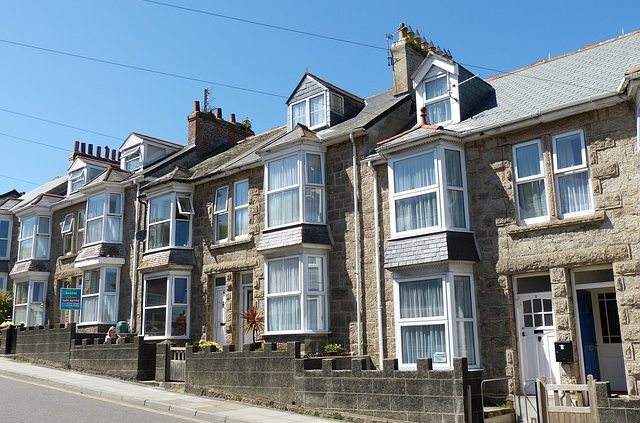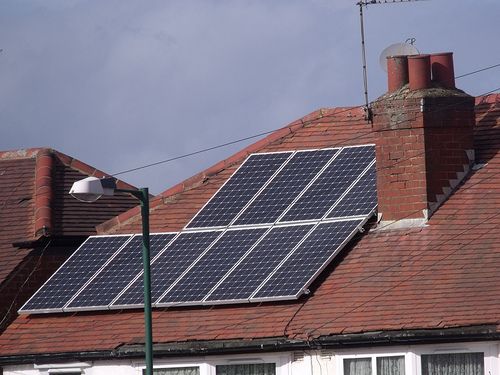Almost a year has passed since George Osborne announced a new additional rate of Stamp Duty Land Tax (SDLT) to come into effect for those owning second homes and investment residential properties.
Despite the passage of time, the new regime continues to throw up problems, such as the following:
The first common problem relating to the additional SDLT charge occurs where parents assist their children in the purchase of a property. For example, a father might assist his daughter to purchase her property by sharing the cost with her and having the property put into joint names. Even though the property would be the daughter’s first property, if her father had not replaced his principal residence and was named as a legal owner at the end of the day of the transaction, the higher rates of SDLT would apply.
A second example where a purchaser will be caught out by the SDLT changes is that of a couple purchasing their first home together, where one member of the couple has an existing property which he or she does not sell. Whilst this is not an additional property for both members of the couple, the transaction is nevertheless subject to the SDLT surcharge.
The rationale for the SDLT Reform was to make the market easier for first time buyers, but these examples shows consequences which run contrary to this principle.
A further example is where there is an overlap between an individual’s purchase of their new main residence and the sale of their previous main residence, if, at the end of the completed purchase transaction, the purchaser owns two residential properties. The purchaser would then have to pay the higher rate of SDLT. This would be subject to the fact that it is possible that the SDLT could be recouped by the purchaser if the first property is sold within three years.
For advice in relation to this and numerous other aspects of the conveyancing process, contact Nicholson Portnell, where we will be pleased to help with your queries.




